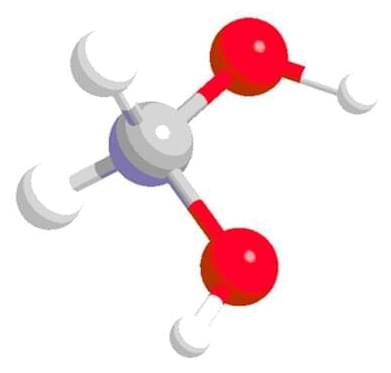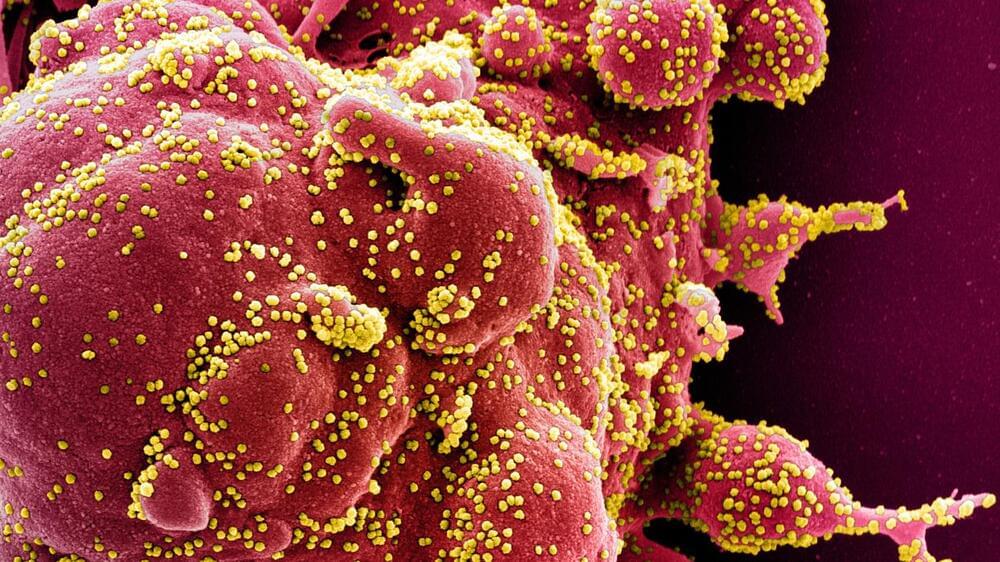Top futurologist Marian Salzman tells us her predictions for 2022 with robots stealing our jobs, political upheaval, hybrid schooling, angst and electronic pets.




What does 2022 have in store for AI in the enterprise? Will it be a robust year of world-altering developments and implementation, or will organizations struggle to gain appreciable value from an exceedingly complex technology?
In all likelihood, it will be a little of both. So as you chart a strategy for the coming year, keep an eye on what is really happening with AI right now and what remains on the drawing board.
If we look at Gartner’s AI Hype Cycle for 2021, it’s clear that the company has placed the majority of AI developments on the up-slope of the Innovation Trigger curve and at the Peak of Inflated Expectations. This includes everything from AI-driven automation and orchestration platforms to neural networks, deep learning, and machine learning. This isn’t to say that these applications are destined to crash and burn, just that they’re still more hype than reality at the moment – and Gartner expects it will be two to five years before they become productive assets in the enterprise.


Taking it easy as you get older? Wrong.
Message of new Lieberman study: ‘Because we evolved to be active throughout our lives, our bodies need physical activity to age well.’
Just about everyone knows that exercise is good for you. Some people can even rattle off reasons it keeps your muscles and joints strong, and how it fights off certain diseases. But how many people can tell you the story of why and how physical activity was built into human biology?


An anonymous Canadian whistleblower from Vitalité Health Network, one of New Brunswick’s two health authorities, has said that more people are developing symptoms of a mysterious, degenerative neurological condition, according to The Guardian.
Speaking to the Guardian, an employee with Vitalité Health Network, one of the province’s two health authorities, said that suspected cases are growing in number and that young adults with no prior health triggers are developing a catalog of troubling symptoms, including rapid weight loss, insomnia, hallucinations, difficulty thinking and limited mobility.
Several new cases in New Brunswick involve caretakers of those afflicted, suggesting a possible environmental trigger.

Decisions, decisions. All of us are constantly faced with conscious and unconscious choices. Not just about what to wear, what to eat or how to spend a weekend, but about which hand to use when picking up a pencil, or whether to shift our weight in a chair. To make even trivial decisions, our brains sift through a pile of “what ifs” and weigh the hypotheticals. Even for choices that seem automatic—jumping out of the way of a speeding car, for instance—the brain can very quickly extrapolate from past experiences to make predictions and guide behavior.
In a paper published in January 2020, in Cell, a team of researchers in California peered into the brains of rats on the cusp of making a decision and watched their neurons rapidly play out the competing choices available to them. The mechanism they described might underlie not just decision-making, but also animals’ ability to envision more abstract possibilities—something akin to imagination.
The group, led by the neuroscientist Loren Frank of the University of California, San Francisco, investigated the activity of cells in the hippocampus, the seahorse-shaped brain region known to play crucial roles both in navigation and in the storage and retrieval of memories. They gave extra attention to neurons called place cells, nicknamed “the brain’s GPS” because they mentally map an animal’s location as it moves through space.

The previously elusive methanediol molecule of importance to the organic, atmospheric science and astrochemistry communities has been synthetically produced for the first time by University of Hawaiʻi at Mānoa researchers. Their discovery and methods were published in Proceedings of the National Academy of Sciences on December 30.
Methanediol is also known as formaldehyde monohydrate or methylene glycol. With the chemical formula CH2(OH)2, it is the simplest geminal diol, a molecule which carries two hydroxyl groups (OH) at a single carbon atom. These organic molecules are suggested as key intermediates in the formation of aerosols and reactions in the ozone layer of the atmosphere.
The research team—consisting of Department of Chemistry Professor Ralf Kaiser, postdoctoral researchers Cheng Zhu, N. Fabian Kleimeier and Santosh Singh, and W.M. Keck Laboratory in Astrochemistry Assistant Director Andrew Turner—prepared methanediol via energetic processing of extremely low temperature ices and observed the molecule through a high-tech mass spectrometry tool exploiting tunable vacuum photoionization (the process in which an ion is formed from the interaction of a photon with an atom or molecule) in the W.M. Keck Laboratory in Astrochemistry. Electronic structure calculations by University of Mississippi Associate Professor Ryan Fortenberry confirmed the gas phase stability of this molecule and demonstrated a pathway via reaction of electronically excited oxygen atoms with methanol.
